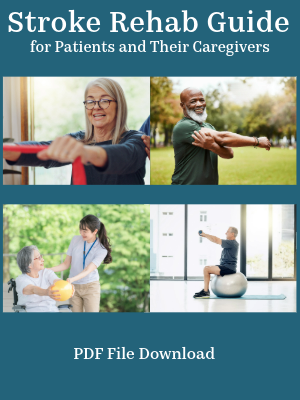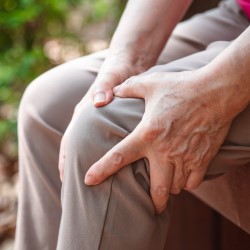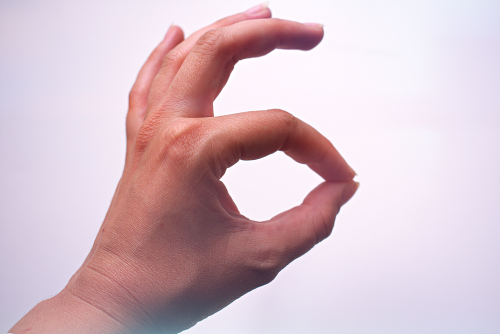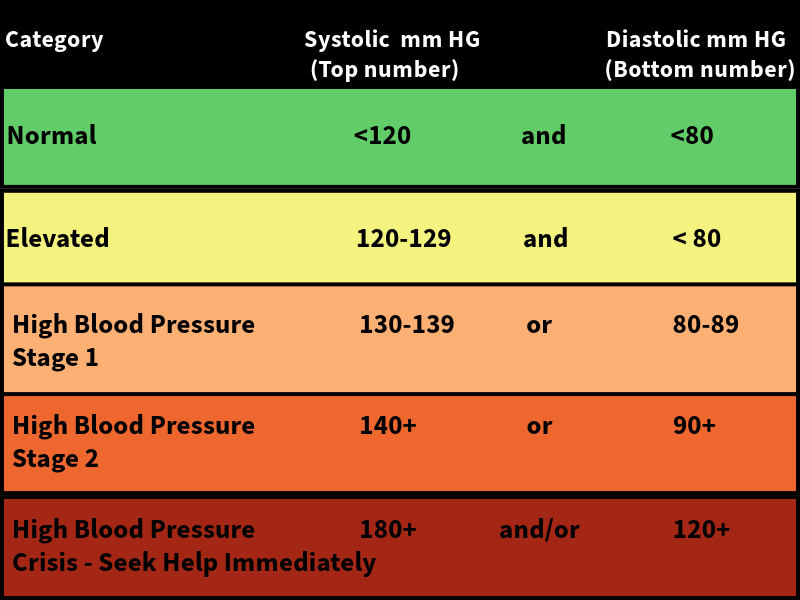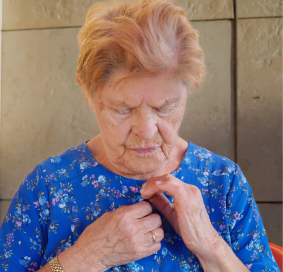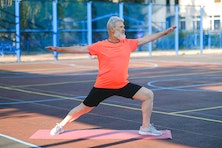Passive Range of Motion
Passive range of motion (pROM) helps prevent joint contractures and maintain joint flexibility for the paralyzed limb. It is done by passively moving a limb through its available range of motion. The stroke survivor can perform the exercises alone or have a caregiver help. Arm exercises can often be done by the patient without assistance, however leg passive range of motion exercises are best performed by a caregiver. Exercises can be performed for 5-10 repetitions each preferably several times a day. Avoid movement that causes excessive pain.
ARM PASSIVE RANGE OF MOTION EXERCISES
The following passive range of motion exercises for the arms are ones that an individual can do for him/herself without a caregiver. Let the weak arm help if able. These exercises may not be appropriate for those that have problems with cognition/following directions, poor sensation or poor awareness of limb placement.
Clasp Hands - Lying down, clasp your hands together to prepare for doing exercises.
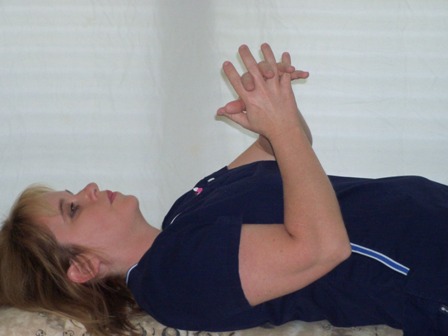
Shoulder Flexion Forward - Raise hands straight up toward ceiling using your strong arm to help lift the weak or paralyzed arm. Bring hands back down to chest.

Straight Arm Punches - Keeping arms straight, try to lift shoulder blades off of the bed or mat. Do not lift the head. Do not pull on the weak arm but instead try to lift the shoulder blades off the mat of their own accord. If the weaker shoulder blade is unable to lift on it's own then avoid this exercise unless a caregiver who has been instructed on how to help mobilize the shoulder blade can assist.
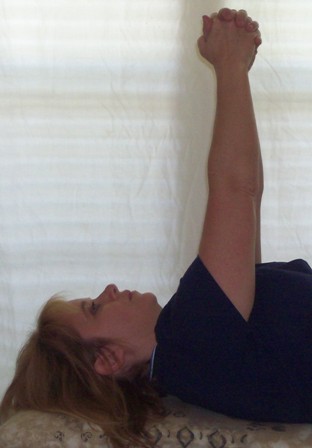
Elbow Flexion and Extension - Bring hands to forehead, bending elbows, then straighten arms bringing hands back up toward ceiling.
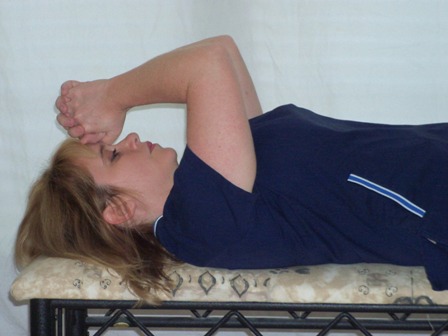

Shoulder Flexion Overhead - This should only be performed if the shoulder blade (scapula) is properly rotating. Check with your therapist to see if this exercise is appropriate for you. Keeping elbows straight raise arms only as far as it is comfortable. If the shoulder is subluxed (dropping down from the socket), then only bring arms straight up and not overhead (arms at 90 degree angle with body). Check with your therapist to see how to perform safe range of motion. If pain is felt, do not raise the arm any higher. This exercise should be performed in a pain-free range only, and movement should stop before the point of discomfort.
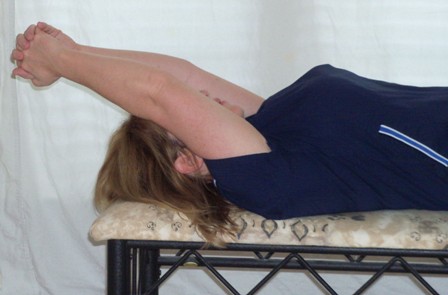
Shoulder External Rotation - If the arms can be brought overhead comfortably with good shoulder blade rotation, one can try to place the hands behind the head and relax the elbows to the side (keeping hands clasped). This exercise is too difficult for many stroke patients and should not be attempted if the shoulder blade is not properly rotating, if pain is present, or if one has been advised not to do this exercise by a therapist.
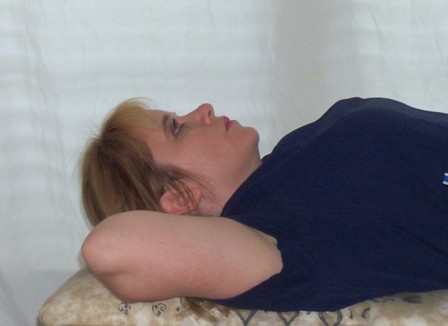
Wrist Flexion and Extension - Holding your arms straight up, bend your wrist slowly side to side. This exercise may work better in a seated position with the hands in front of you instead of having the arms raised.
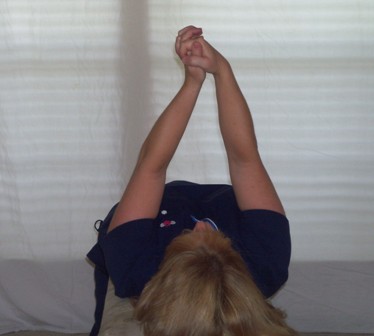
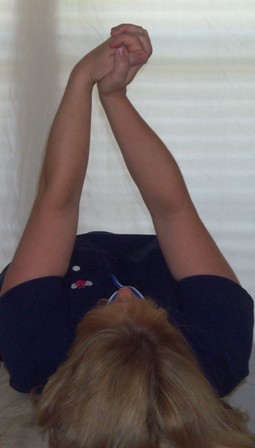
Wrist Supination and Pronation - Turn weak hand palm up and then palm down.
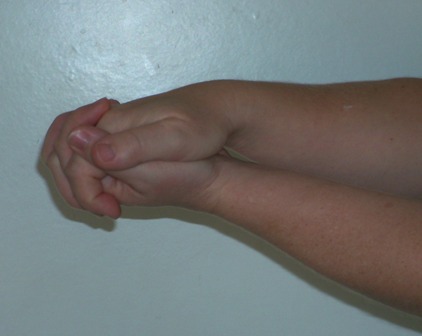
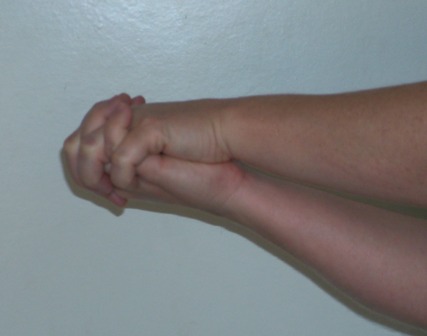
Finger Flexion and Extension - Bend fingers of weak hand into palm then straighten. If hands are already fisted then only work on straightening fingers.
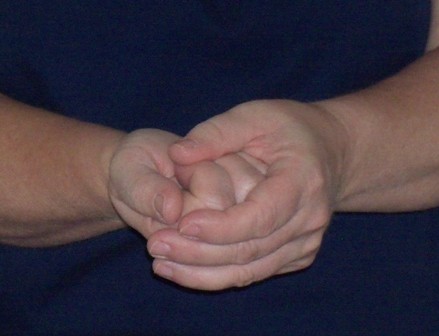
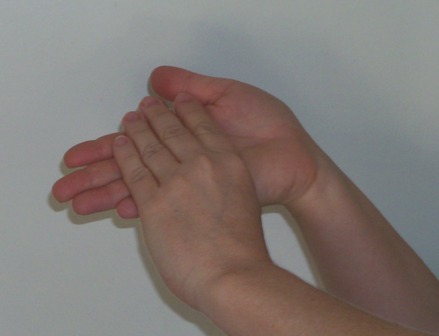
Leg Passive Range of Motion Exercises
Leg passive range of motion exercises are more difficult for stroke patients to perform on their own and will not be demonstrated on this page. However, if you are interested in knowing hot to do self range of motion for the legs, you can visit: https://patienteducation.osumc.edu/Documents/leg-self.pdf
Passive Range of Motion by a Caregiver
The video below shows how each joint is moved through passive range of motion by a helper. The subject in the video does not have a stroke and has full range of motion. When performing passive range of motion on a stroke patient with limited range of motion, the exercises would only be done in a pain-free range, performed more slowly, and the helper should be aware of the patient's available movement or range of motion. Never force movement if you feel resistance or the patient expresses pain. A licensed occupational or physical therapist can teach caregivers how to do passive range of motion on a stroke patient.
Get Our Stroke Rehab Guide

Our stroke rehab guide is designed specifically for patients and caregivers. It's in pdf format and can be immediately downloaded. It includes about
- Stroke Definition & Causes
- Stroke Treatment
- Rehabilitation Information for Physical, Occupational and Speech Therapy
- Exercise pictures
- Q&A from patients and caregivers
- Adaptive Equipment & Techniques
- How to Prevent Another Stroke & More!
Medical Disclaimer: All information on this website is for informational purposes only. This website does not provide medical advice or treatment. Always seek the advice of your physician or other healthcare provider before undertaking a new healthcare or exercise regimen. Never disregard professional medical advice or delay seeking medical treatment because of something you have read on this website. See the disclaimer page for full information.
- Home
- Range of Motion
